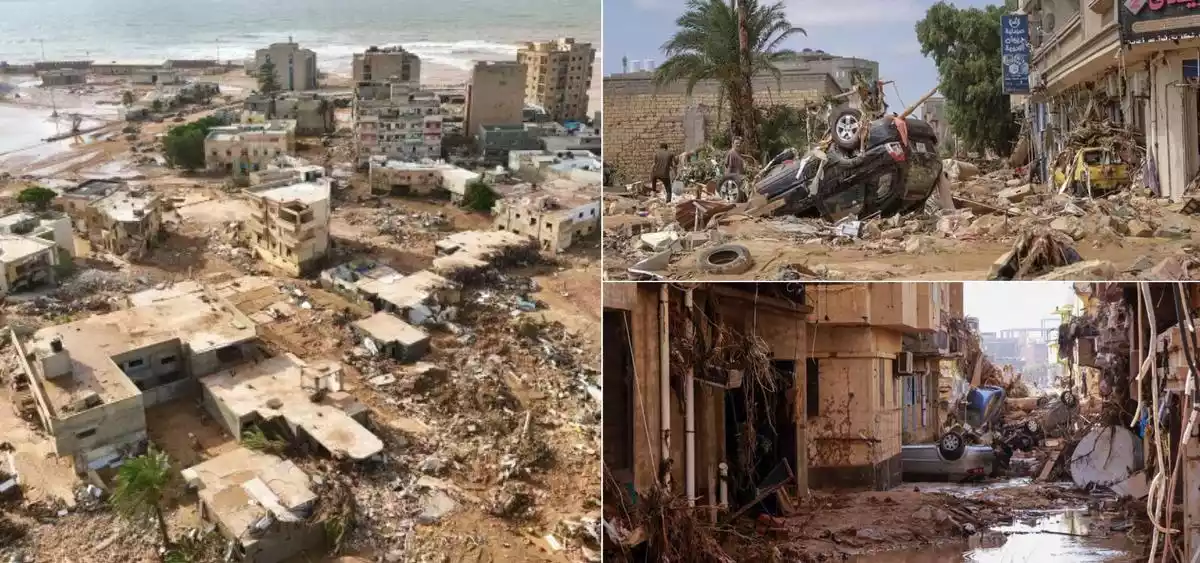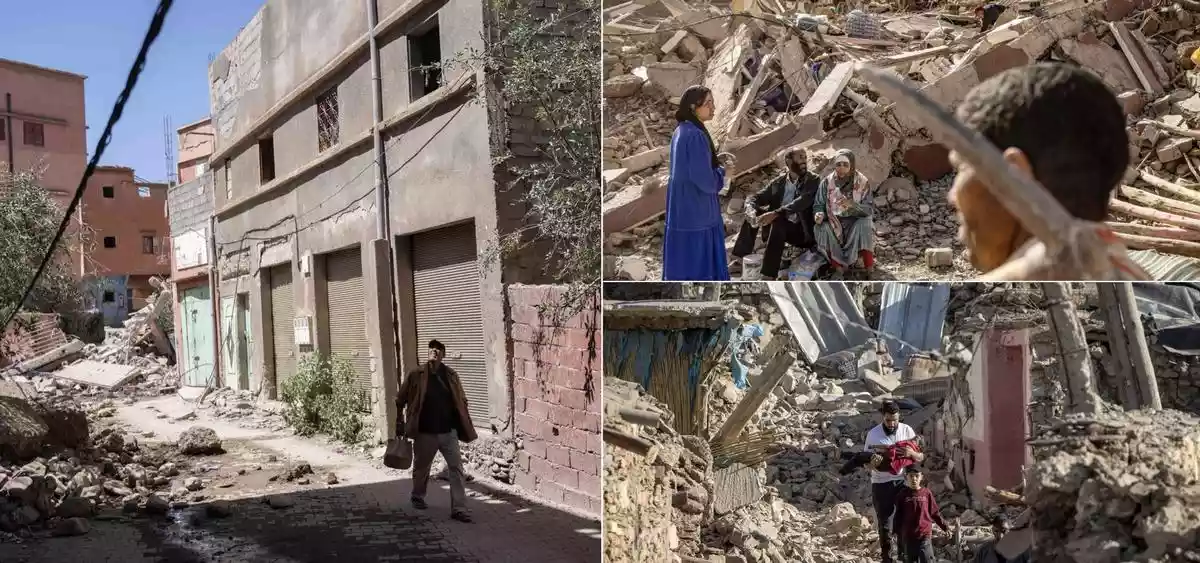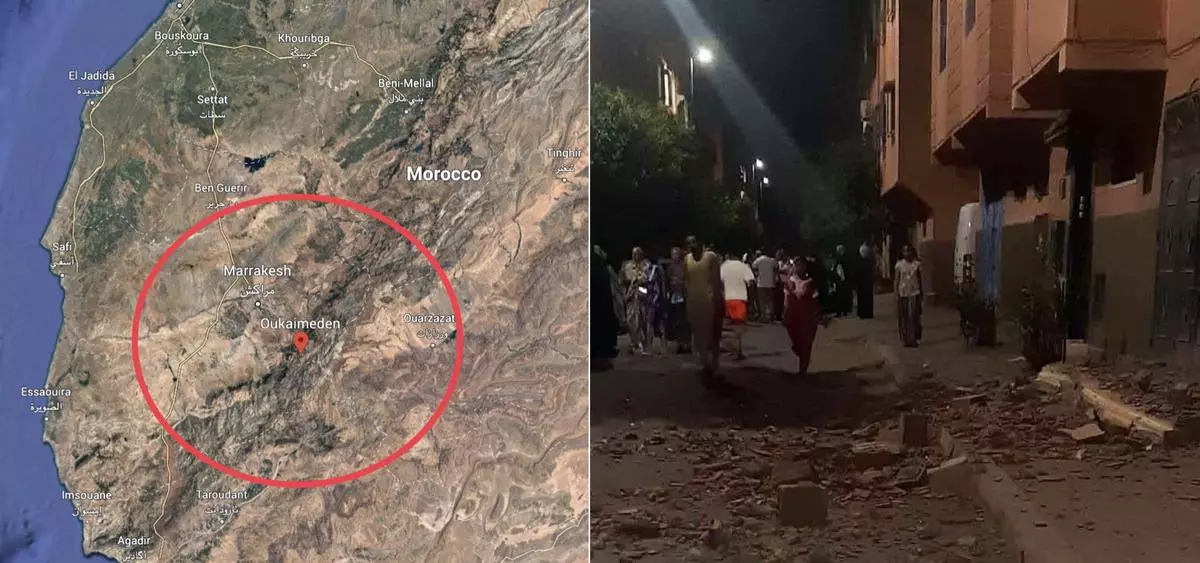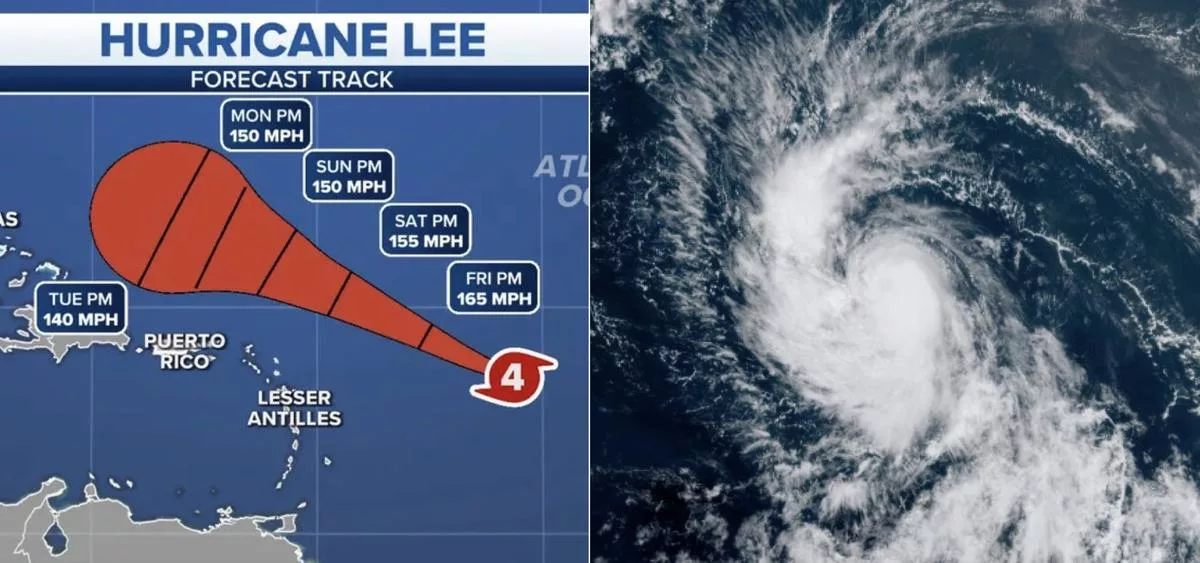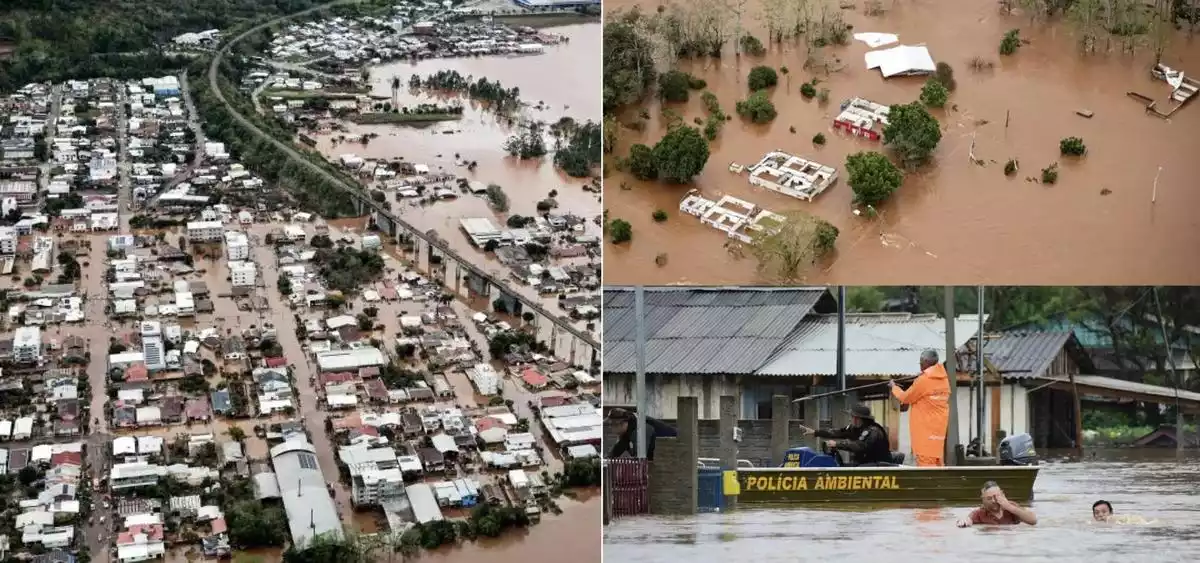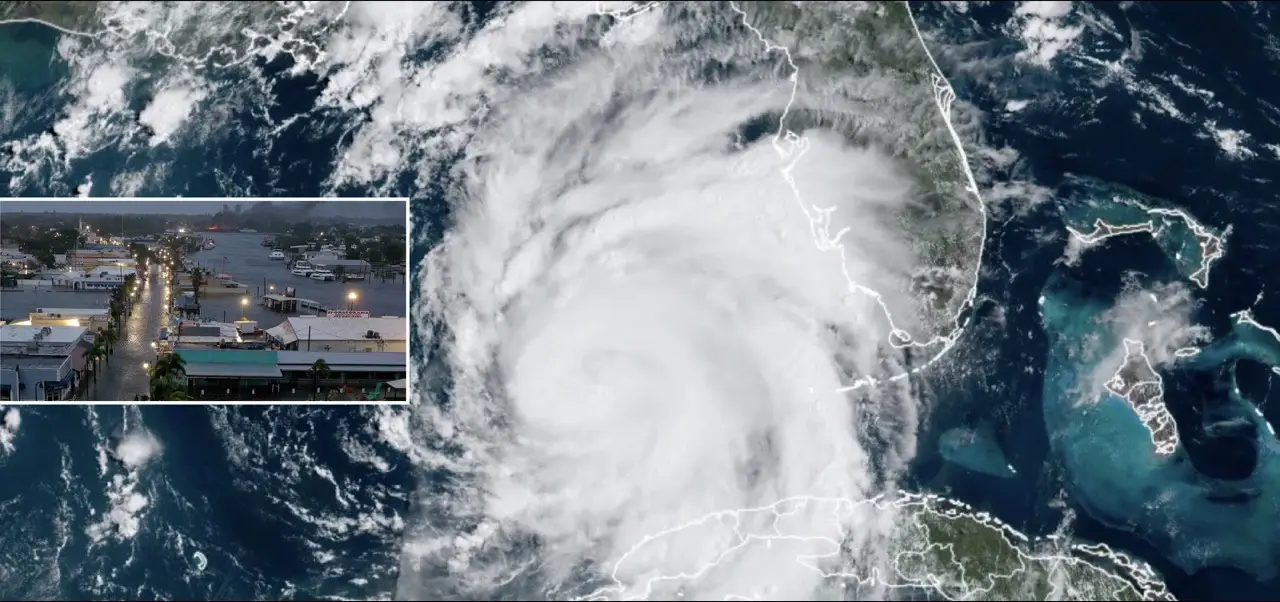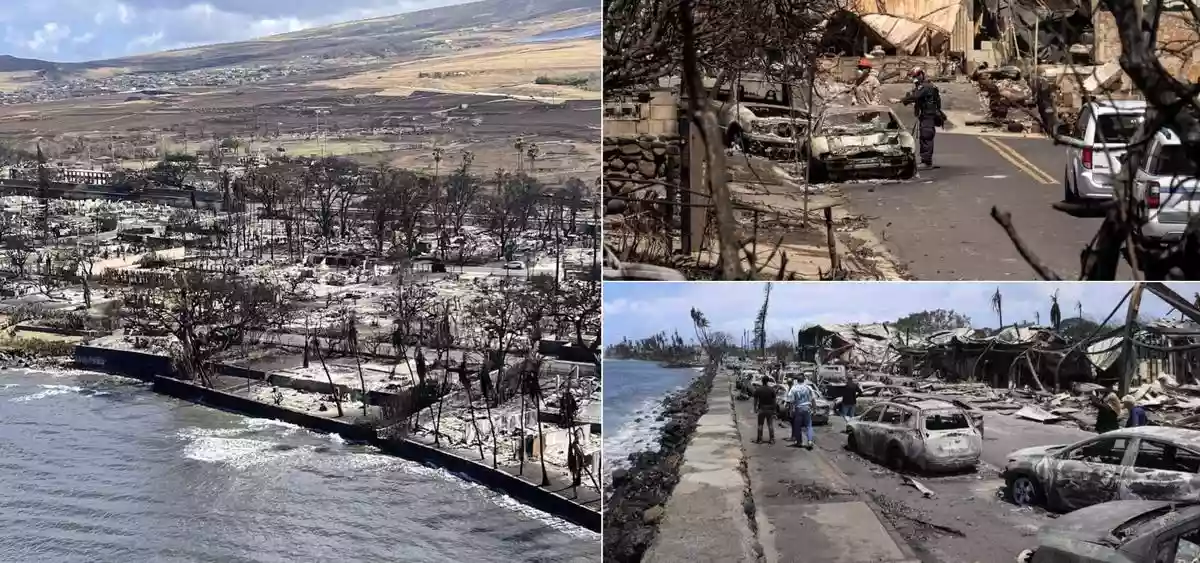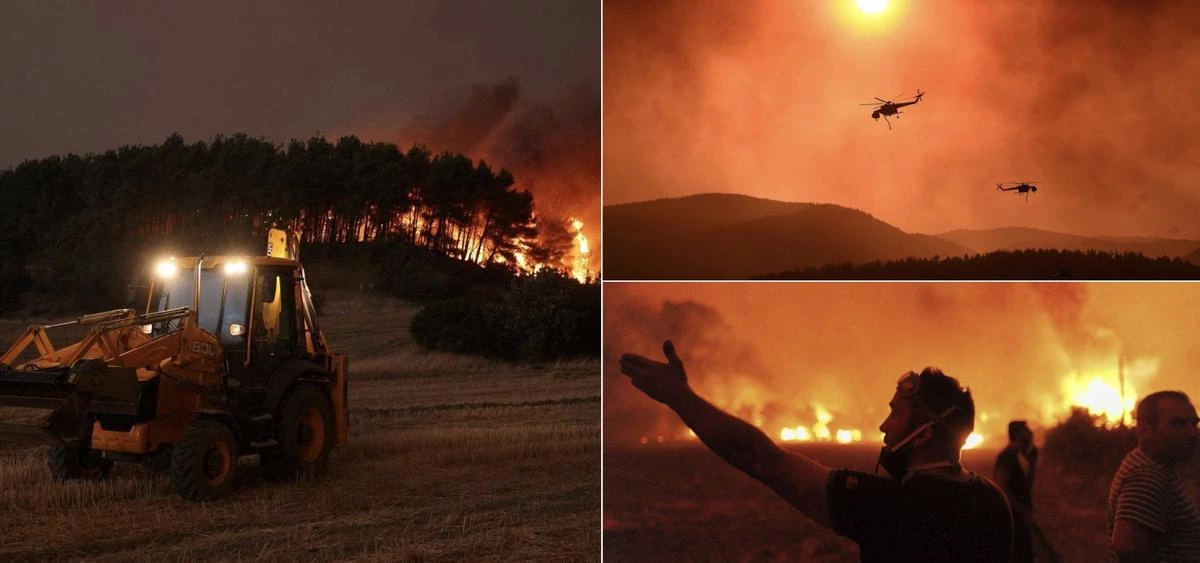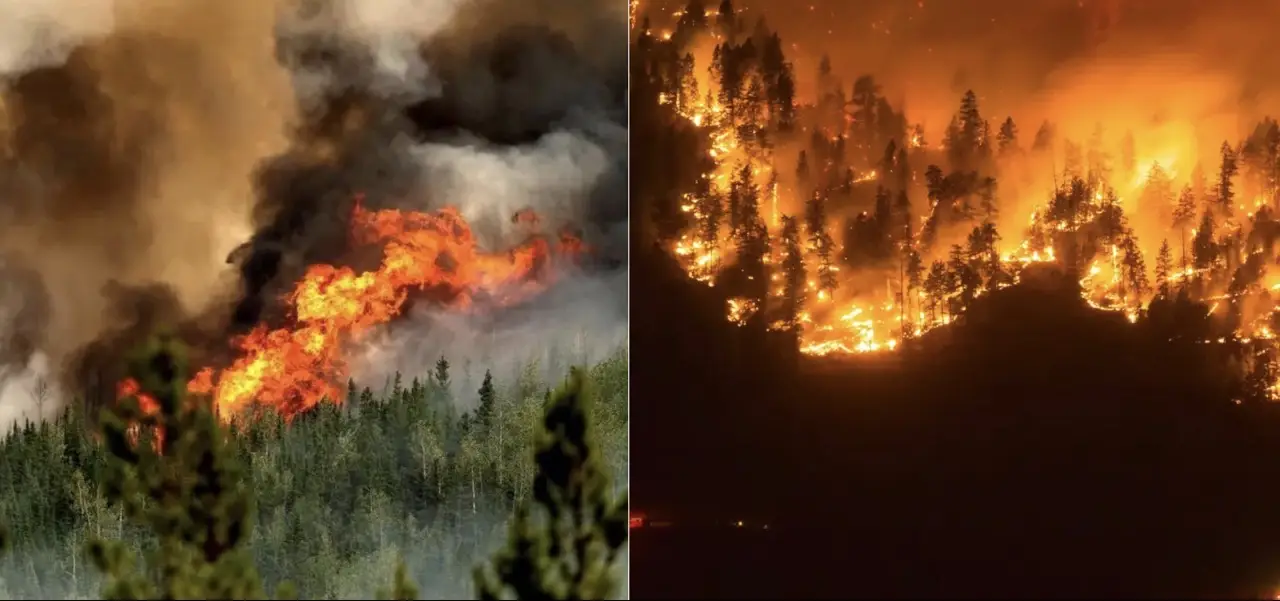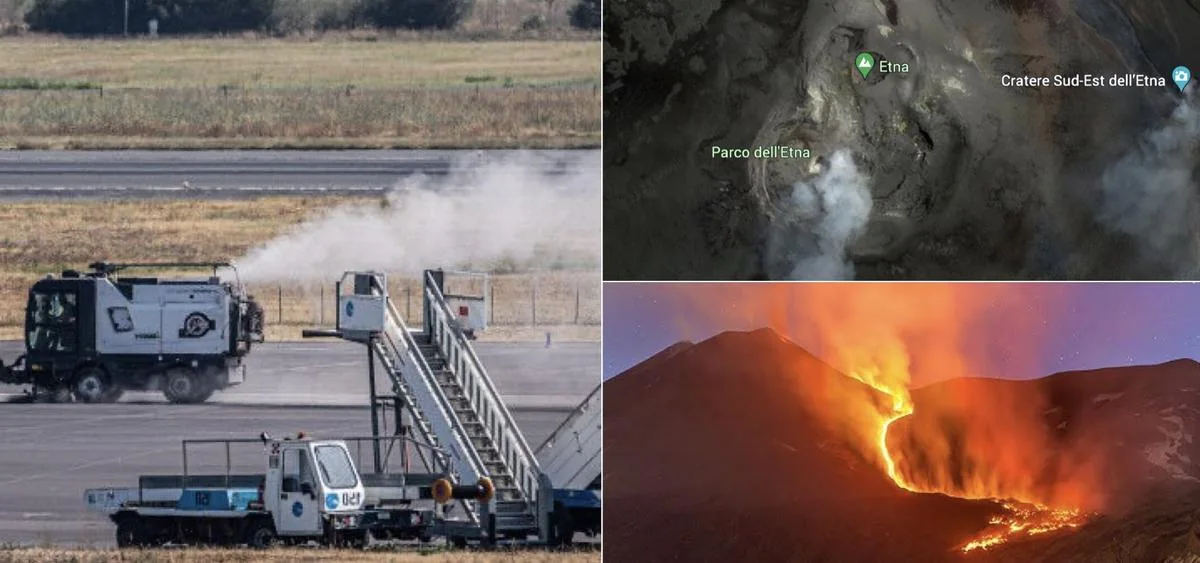The Flash floods, landslides, and disrupted transportation have necessitated relief measures, including evacuation efforts, while alerts from the meteorological department urge residents and tourists to remain vigilant against the ongoing hazardous weather conditions.
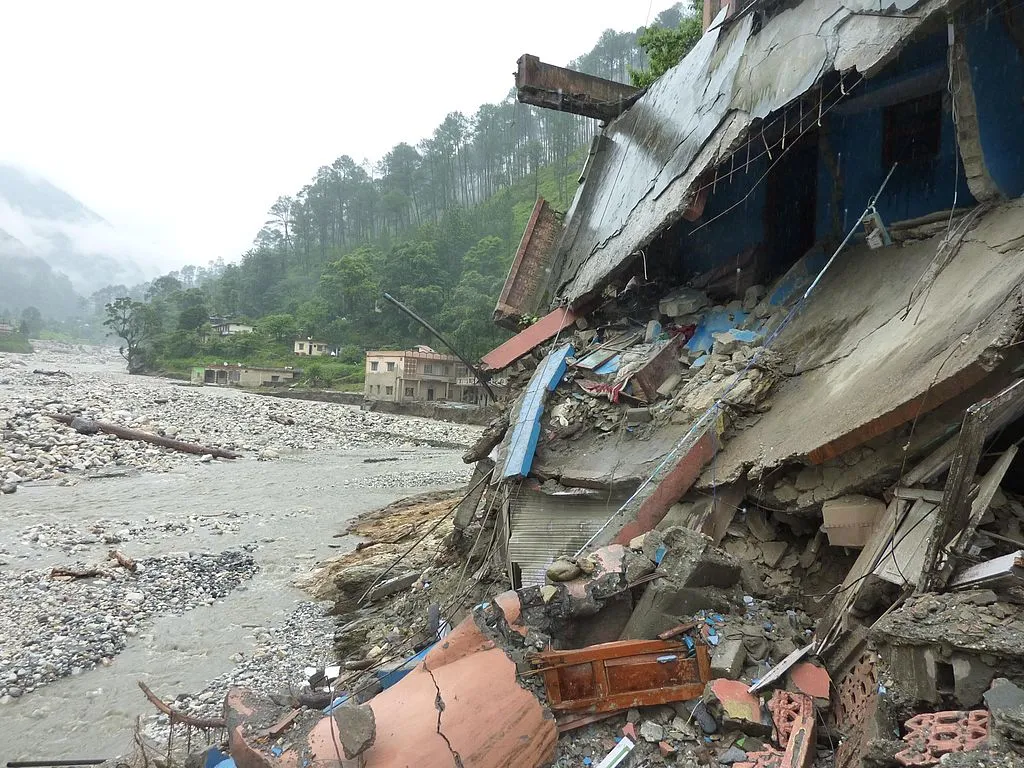
Photo Credit: Wikimedia Commons
Flash floods and landslides caused by heavy monsoon rains have wreaked havoc in the northwestern regions of Himachal Pradesh and Uttarakhand in India. The downpour led to dire conditions, claiming the lives of at least two individuals and causing extensive damage to infrastructure and property.
In Himachal Pradesh, intense rainfall resembling a cloudburst triggered landslides, flash floods, and waterlogging in many districts. The overflowing rivers, including the river Beas, prompted authorities to open the floodgates of the Pandoh dam to alleviate the situation. However, the damage had already been done, with roads being washed away, vehicles swept away, and numerous houses severely impacted by the rain-induced devastation.
According to the State Disaster Management Authority, 124 roads in Himachal Pradesh were closed owing to waterlogging and landslides, mainly along the Chandigarh-Manali and Bajaura-Kautala routes. The Mandi-Kullu highway was extensively damaged, leaving over 200 passengers trapped at the Baggi bridge in the Mandi district. Efforts were ongoing to remove the rubble and evacuate the trapped people, largely tourists, to safer regions.
Uttarakhand also experienced the wrath of the monsoon rains, with two people losing their lives in rain- and landslide-related incidents. Haridwar received a staggering 78 mm of rainfall in just 24 hours. These heavy rains have raised concerns about the safety of the Char Dham pilgrimage, which has already witnessed numerous deaths. Authorities temporarily halted the Kedarnath pilgrimage and advised pilgrims to proceed only after considering weather updates and taking necessary precautions.
In response to the ongoing situation, State Disaster Response Forces and health personnel have been placed on high alert to address any emergencies that may arise. Riverbank communities have been urged to remain vigilant as rivers like the Ganga continue to flow at elevated levels.
The meteorological forecast indicates that the region will continue to experience light to moderate showers until at least Friday, with the possibility of heavy rains and thunderstorms in some areas. Given the ongoing devastation, the India Meteorological Department (IMD) has issued an orange alert for Himachal Pradesh and Uttarakhand until Wednesday, signifying the need to be prepared against hazardous weather conditions. The alert will then be downgraded to a yellow watch for Thursday and Friday, indicating the importance of staying updated on the weather situation.
The recent flash floods and landslides have caused significant disruptions to transportation and daily life. The Mandi-Pandoh-Kullu stretch, spanning 70 kilometers, suffered extensive damage and stranded numerous commuters. Tourists faced difficulties finding accommodation and had to spend the night in their vehicles. Efforts were made to clear the affected roads, including the Mandi-Kullu route via Katola, which was reopened after nearly 20 hours.
The Public Works Department has been working tirelessly to restore connectivity, with plans to reopen a significant number of blocked roads by specific deadlines, subject to weather conditions. However, the monsoon season has posed significant challenges, with frequent landslides resulting in losses amounting to approximately Rs 27 crore. The local weather office has issued alerts for heavy rain, thunderstorms, and lightning, emphasizing the need for caution.
The flash floods and heavy rainfall have caused extensive damage to homes, crops, livestock, and infrastructure. Trees falling on roads, power disruptions, and damage to transformers have further compounded the challenges faced by the affected regions. Efforts are being made to address the losses and assist those affected by the calamity.
As the monsoon season continues, the focus remains on ensuring the safety and well-being of the residents and visitors in the affected regions. Timely weather updates, precautionary measures, and swift responses to emergencies are vital in mitigating the impact of the ongoing monsoon devastation.
Stay connected with Today On Globe for the latest Global Issues and News Updates.
Explore more related articles at [TOG News / TOG Article]


